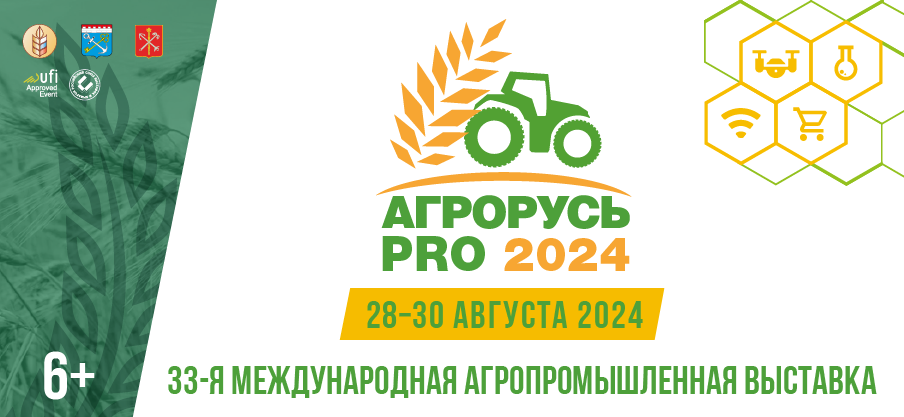Up to regulating hormone concentration in food meat: how technologies and IT solutions help the agroindustrial complex of Russia
The future has already come: high technologies are actively used in the agricultural sector, helping efficiently implement import substitution, as well as maintain food security and independence of Russia. Artificial intelligence also plays a significant role in this. Exchanging experiences and achievements was the main leitmotif of the Session «Innovations in the Agroindustrial Complex» to be held as part of the 33rd International Agroindustrial Exhibition «Agrorus» at the EXPOFORUM Convention and Exhibition Center.
Ivan Medvedev, a specialist in feeding farm animals at Lafid LLC, spoke about the innovative approach to the use of fermented plant concentrates in pig farming. This method allowed the company to increase productivity of sows and the share of piglet livability. According to Medvedev, these achievements have become possible due to the company’s investments in advanced technologies.
A representative of the subsidiary of LACROIX AGRO LLC delivered a lecture on maximizing efficiency of forage harvesting and advantages of the Dimitra species of alfalfa for dairy cows. The Belarusian company, which has been supplying products to the Russian Federation for over 20 years, provided statistical data proving growth in productivity of dairy farming when using the Dimitra species of alfalfa compared to its other species.
Olga Patrievskaya, an expert in digital transformation and Deputy General Director for Consulting and Long-Term Development at Geometriya LLC, noted that introduction of IT solutions already brings significant savings to agroindustrial enterprises. In particular, Geometriya began with monitoring of machinery and controlling over machine operators. The first results are impressive: in a farm with its area of 30 thousand ha, it managed to save 10 metric tons of fuel per season.
According to Olga Patrievskaya, covering the agroindustrial complex, digitalization affects both agronomists’ work and processes of chemical processing and crop control. Neural networks, which are used for analyzing images, for example, to identify diseases and pests, as well as influence of the sun location on crops, increasingly penetrate automation.

 Calendar
Calendar
 Online application
Online application
 Map
Map
 How to get
How to get



